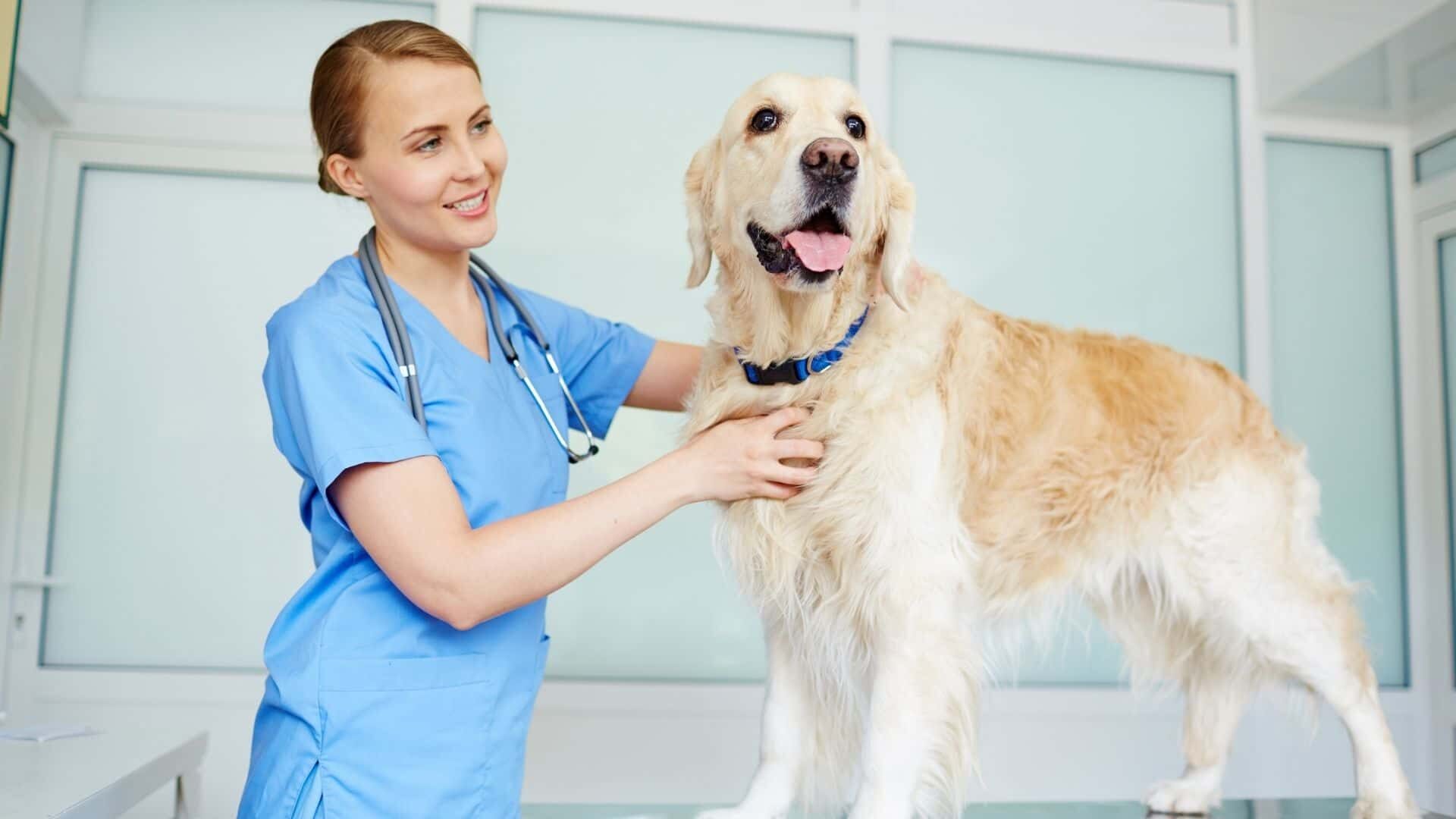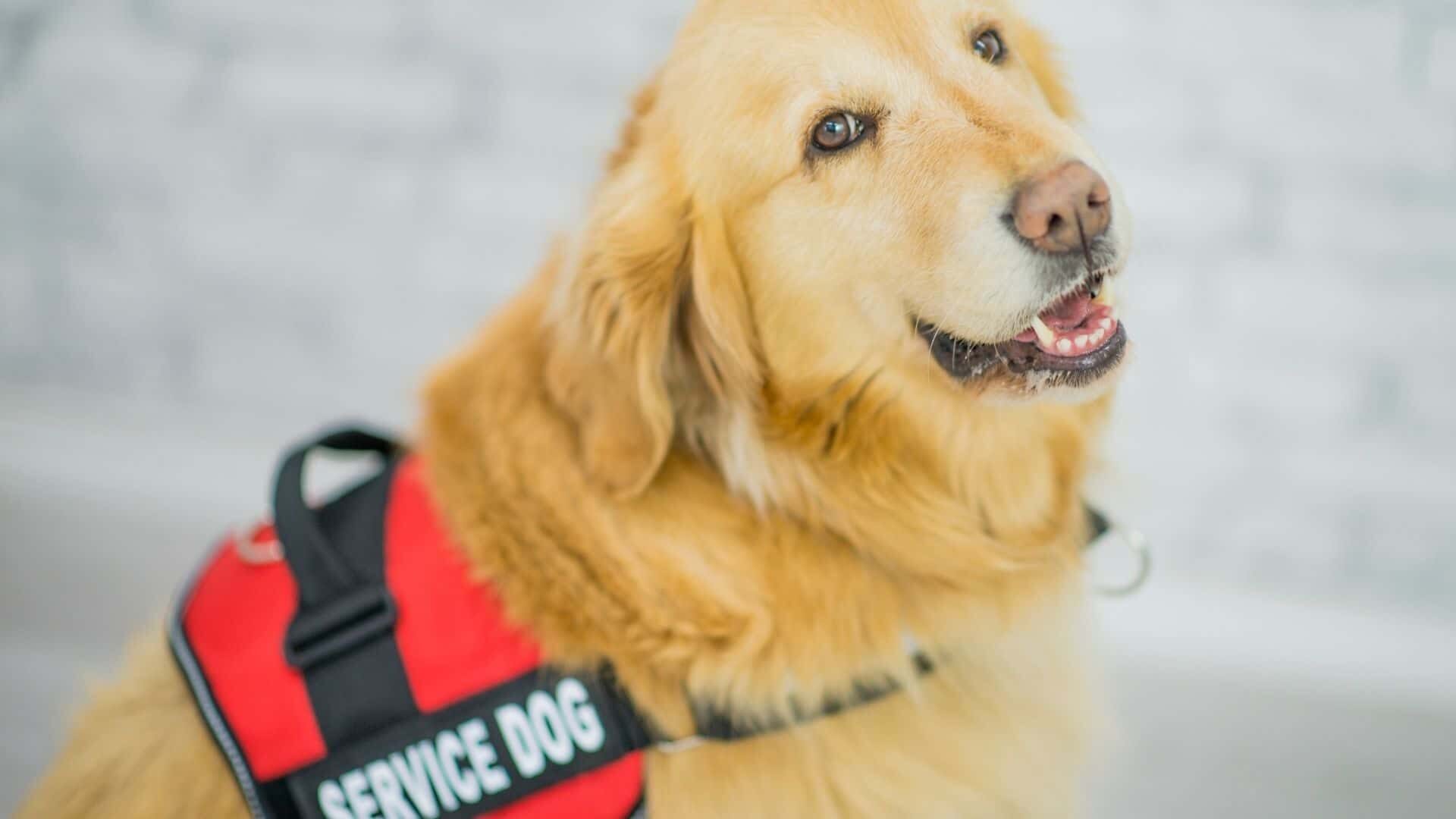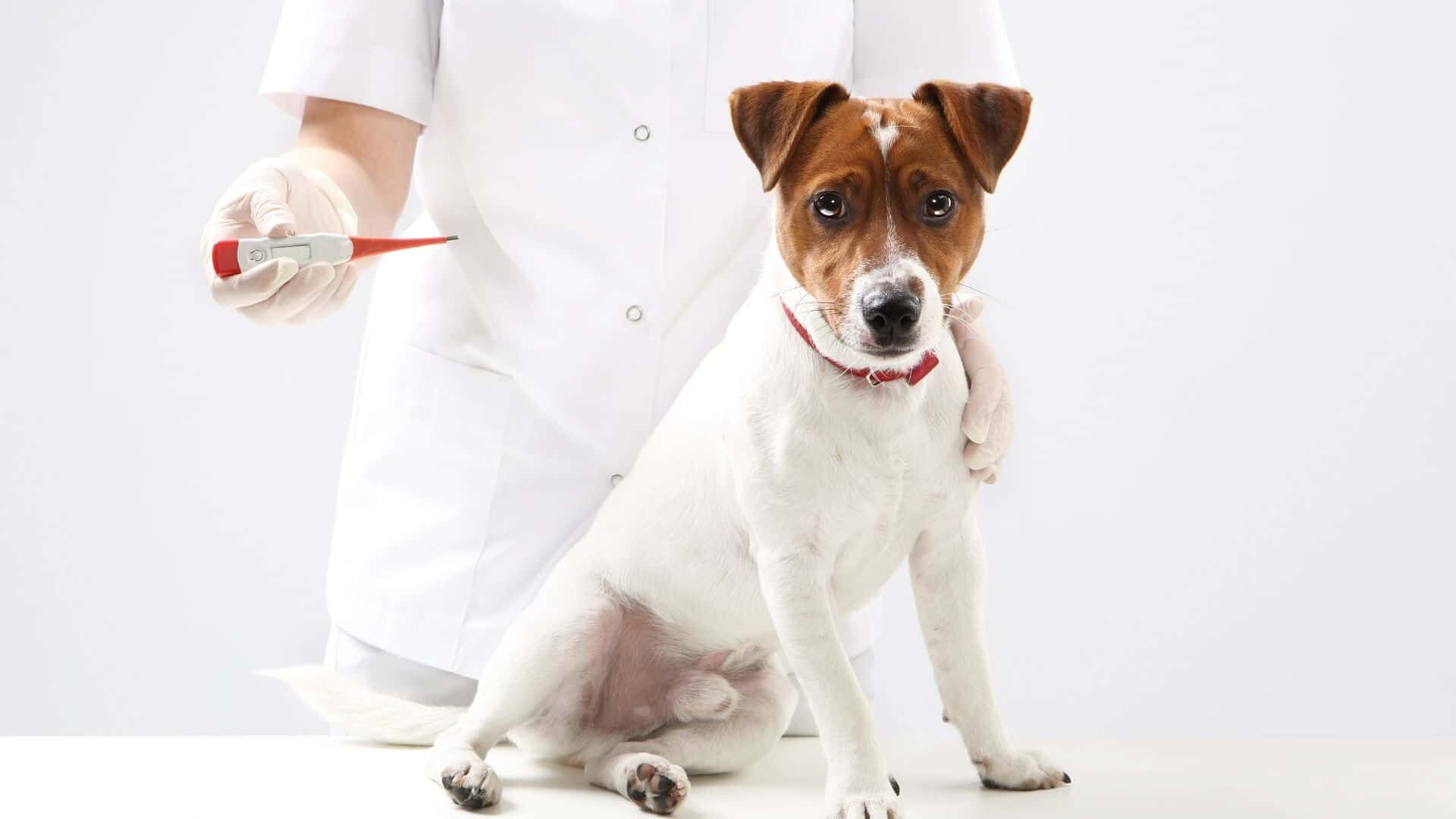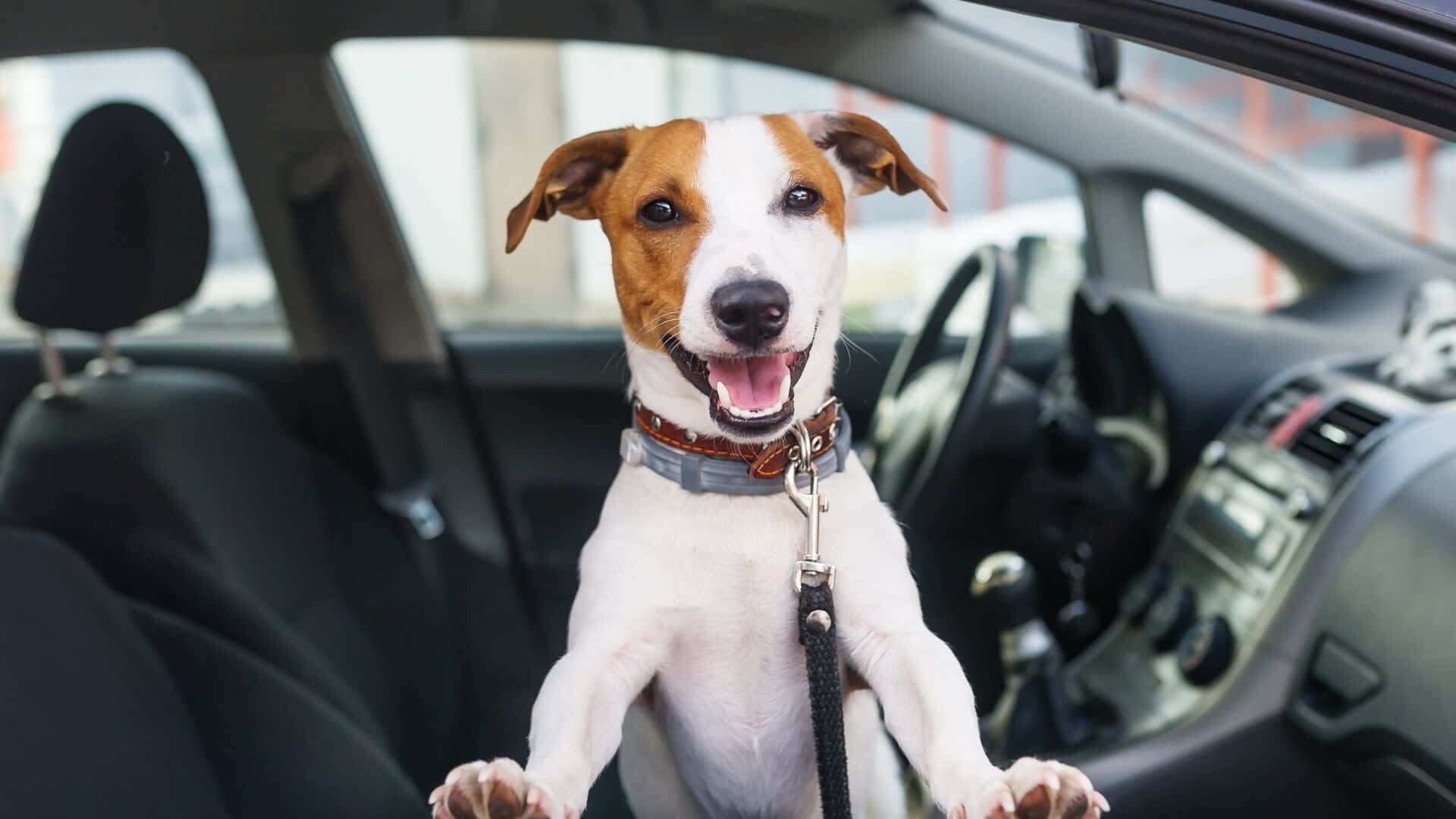Puppies and adult dogs might suffer from bowed legs. When a dog’s leg grows bent or bowed instead of straight, it’s an anomaly known as bowed leg syndrome. This form of anomaly is most commonly observed in puppies with developmental issues, although it can also be observed as a result of trauma in older dogs.
Leg abnormalities in dogs exist in a variety of forms. Bow legs, a condition common in French bulldogs, Corgis, and Dachshunds, is one of the most common.
Bowing out is a malformation of the legs that causes them to appear curled or bowed out. Although it is most common in puppies, it can also affect adult dogs.
What are the reasons for dogs bowing their legs?

There are numerous methods to display bow legs. If one leg grows more quickly than the other, the form of that leg may change. Bow legs can also be caused by leg bones growing in the wrong direction.
The majority of bow-legged dogs have bowed front legs, but some have bowed hind legs as well. Breeders believe that leg bending is a hereditary trait, but this is rarely the case, save in the case of breeds bred to mature quickly.
When pups are growing quickly, the lengthy bones of their legs are subjected to a lot of stress. The growth plate’s protein and cartilage framework is soft and pliable, allowing it to bend under pressure. Bone is made of calcium and phosphorus together with other minerals and vitamins. Calcium and phosphorus are transported into the bones by Vitamin C and Vitamin D, respectively, after they enter the body via the gut.
A puppy’s bones will become soft and brittle if its food is deficient in any of these essential vitamins, minor minerals, calcium, or phosphorus. Few reasons why dog’s front legs turn out:
1. Accelerated development
It’s important for a puppy’s bones and cartilage to develop over a period of time.
An overly fast-growing body might cause leg abnormalities by putting too much pressure on the legs. If your dog is a heavy breed, this is especially true. At the growth plate, the bone’s cartilage and protein are framed. As a result, it’s easy for pressure to cause damage here. An excess of weight on a puppy’s body may cause bent or twisted legs.
2. Deficiencies in nutrition
Vitamins and minerals are essential for bone growth and development, just as they are in human beings. Among them are calcium and phosphorus.
Vitamin C and vitamin D are essential for the development of strong bones and teeth in puppies.
The vitamins and minerals he needs must be present in adequate amounts in his diet. A weakening of the bones is almost certain if any of these nutrients are missing.
3. Injury
The growth plates of a puppy can remain open for up to 18 months.
Bone mineralizes and hardens at this age, transforming the soft cartilage that originally supported the bone.
She may cease growing some cells if she suffers an injury before the plate has hardened. The leg will appear unequal and bow-legged in the end.
It’s possible for the puppy to get hurt if it’s dropped from a high position or hit by a moving vehicle.
4. Genetics
Dogs with bent legs may be genetically predisposed.
To be on the safe side, keep an eye on your dog if any of her parents were born with bow legged.
It is possible to transmit these genes from one generation to the next.
5. Dysplasia of the elbow
Elbows are complex joints that can become unstable and lead to arthritis if they develop improperly. Because of elbow dysplasia, dogs can turn out their toes, which might ease pain. The dog’s toes will stop turning out if elbow dysplasia is addressed.
6. Pain in the wrist
Puppies with this ailment, which affects the dog’s carpus, or wrist, are often between the ages of 6 and 12 weeks, but they can get it as late as seven months. Large and medium-sized breeds are more likely to exhibit this problem, but it can occur in any dog.
Even though the exact origin is unknown, it is speculated that the problem may be caused by an imbalance in the growth rates of the front legs’ tendons and bones. Genetics or food may be at blame.
7. Large paws
Overly large claws are one of the most common causes of a dog’s foot to turn out. Dogs with long claws may have a tough time walking on their toes, which might eventually cause their feet to curve outward. The problem should be solved by trimming the claws and maintaining them short.
Can you correct a dog’s bowed legs?
Please see a veterinarian for advice. With fast-growing, huge or heavy-breed dogs, bowing of the legs has always been a problem.
Breeders believe that leg bending is a hereditary trait, but this is rarely the case, save in the case of breeds bred to mature quickly. When pups are growing quickly, the lengthy bones of their legs are subjected to a lot of stress. The growth plate’s protein and cartilage framework is soft and pliable, allowing it to bend under pressure.
Bone is made of calcium and phosphorus together with other minerals and vitamins. Calcium and phosphorus are transported into the bones by Vitamin C and Vitamin D, respectively, after they enter the body via the gut. A puppy’s bones will become soft and brittle if its food is deficient in any of these essential vitamins, minor minerals, calcium, or phosphorus.
When a baby is just 5-12 weeks old, he or she is going through a period of rapid growth. Many times, the breeder notes that the legs look OK in the morning but have a bending appearance by evening. It bends under the strain of constant romping and hopping. Vitamin and mineral supplements can be used to remedy this problem if caught early enough.
If you see that your front legs are bowed, don’t wait until it’s too late!
Even though most puppies are born with bowed legs, others are born with the condition throughout their lives.
Don’t freak out if yours shows any evidence of leg abnormalities. You have a variety of alternatives when it comes to treatment. This can be solved by just changing the dog’s diet. Massage therapy and the removal of a portion of the plate or bone are further treatment possibilities.
The limb may need to be amputated in extreme cases. However, surgery is the greatest option for straightening the dog’s legs and giving him a fresh lease on life…. When compared to other treatment alternatives, it has a very high rate of success.
Do you know what the term “Front Leg Deformity” means?

Breed or age can have a role depending on the cause of the malformation. The angular limb deformity (ALD) that can occur in dogs such as Bulldogs, Lhasa Apsos, and Shih Tzu puppies is one example.
Injury, premature closure of the development plate, or a hereditary propensity can all cause front leg deformity. Achieving a pain-free, pleasant gait while also preventing additional harm is the goal of treatment for dogs with deformities.
Leg length inequality, decreased joint mobility, and severe lameness are all symptoms of front leg deformity. Although it may appear that your dog is not hurting because of its front limb malformation, this condition will eventually cause your dog discomfort and anguish.
Before your dog experiences any discomfort as a result of the abnormality, you must seek the advice of an experienced veterinarian.
How to fix a dog’s bowed legs?
Toe twisting can be addressed with rehabilitation and treatment in moderate instances, but surgery by an orthopaedic vet expert is usually required in severe instances.
A veterinarian’s first priority is diagnosing the disease and determining which section of the animal’s leg is in need of treatment. A surgical plan will next be devised by the doctor and his team. There are numerous possibilities;
In cases when one bone is growing longer than the other, the shorter bone is removed to let the longer bone to straighten and prevent the leg from bowing.
When a dog’s growth has been prematurely halted, an external frame is utilised in order to help the bone grow and return to its natural length.
Dogs will need their legs immobilised and their bones altered for any surgical possibilities. As a general rule, the results of the procedure are remarkably positive. After a period of therapy, the dog is able to resume regular activities due to the straightening of the leg. They become more active as a result of the discomfort being relieved.
Dogs that cannot have surgery will need to be kept in good health through proper pain management and an appropriate activity regimen. Any time you discover an issue with your dog’s feet, you should visit your veterinarian.
What are the front leg deformity treatmenst for dogs?

The reason and extent of the malformation will influence the treatment. Correcting the position and length of the limb and regaining comfortable joint movement are always the primary objectives. Furthermore, it is critical to avoid any complications that may arise as a result of the malformation.
Diet, surgery, splints, or physical therapy are all possible treatment options. When it comes to examples:
1. Deformity of the Antebrachium
External or internal braces or framework may be used to stabilise the limb following surgery. Cutting the bone in order to realign or equalise bone length can be a success at timesz
2. Overstretched carpals
Veterinarian administered support splints, bandages, and physiotherapy can help resolve the problem. The carpus must be fused completely or partially in some circumstances. Internal plates and screws are used in an arthrodesis treatment to join the forelimb and paw together.
3. Ulnar cartilage cores that were retained
Dietary changes are used to treat this malformation. Maintaining a healthy weight can be achieved by following a well-rounded diet free of unnecessary supplements.
The excision of portion of a bone or plate is another option for treating front leg deformity. Depending on the severity of the deformity, amputation may be necessary in some circumstances. The fact that most dogs are able to walk on three legs should be kept in mind.
In what way you can avoid bowed legs?
Detection and Prevention are the Keys to Success:
Having a puppy with bowed legs is an issue since their growth is outpacing yours.
Wean the puppy off of puppy food by feeding it an adult diet. At this five-to-12-week stage, certain large breeds are still breastfeeding, and the milk is all calcium! Maintaining or feeding a large-breed diet is not going to help you grow.
Slow down the growth of the scaffolding by limiting the amount of protein. They won’t get skinny on a maintenance diet because it doesn’t force them to grow to their full potential.
You want the bone to mend straight, not curved, so limit your exercise until the bone has solidified. The lengthy bone bends under the weight of romping and sprinting. Typically, a week is enough time.
If you see that your puppy’s front legs are bowed, don’t wait until it’s too late!
Watch Leg bending in dog with live solution | Video
What can I do to straighten my dog’s leg?
They won’t get skinny on a maintenance diet because it doesn’t force them to grow to their full potential.
You want the bone to mend straight, not curved, so limit your exercise until the bone has solidified. The lengthy bone bends under the weight of romping and sprinting. Typically, a week is enough time.
What to do with bowed legs to dogs?
Curved at the back, it’s not flat. A dog’s forelegs are its front limbs. Neither the inner nor the outward bowing of a dog’s legs is acceptable. Just as with humans, dogs that have their legs bent may develop health problems such as arthritis as a result.
What causes a canine’s front leg to be twisted?
Injury, premature closure of the development plate, or a hereditary propensity can all cause front leg deformity. Achieving a pain-free, pleasant gait while also preventing additional harm is the goal of treatment for dogs with deformities.
Fixing a puppy’s knuckles: what are your options?
The knuckling of my dog has me stumped.
Traction is a great gift. Dr…. is my signature product.
Reduce swelling and discomfort. IVDD and wobbler syndrome, for example, can cause severe discomfort and inflammation….
Encourage your dog to get up and move about.
Find a rehabilitation veterinarian…. Take care of your dog’s foot protection.
The bowed appearance of my dog’s front legs, why is that?
The bending of Corgis, Boston Terriers, Basset Hounds, Pugs, Pekingese, Skye Terriers, and Dachshunds is caused by a genetic abnormality known as ‘acondroplasia’ in these breeds. Legs appear distorted because of the gene’s conversion of cartilage to bone. Bowing of the forelimbs is a common symptom.
Conclusion

You notice that your puppy or older dog’s front feet turn outwards, with the toes pointing almost to the side, as he approaches you. Is this something out of the ordinary and cause for concern?
Your dog’s breed, genetics, injuries, or overall health may be to blame for a dog’s toes turning outward. You should consult your veterinarian if you notice this behaviour, as it could be an indication of a condition that needs to be addressed.
If you know why your dog does this, you may take steps to prevent it from happening again and keep him active, happy, and free of discomfort. Be sure to get in touch with your veterinarian right away if you suspect anything.





